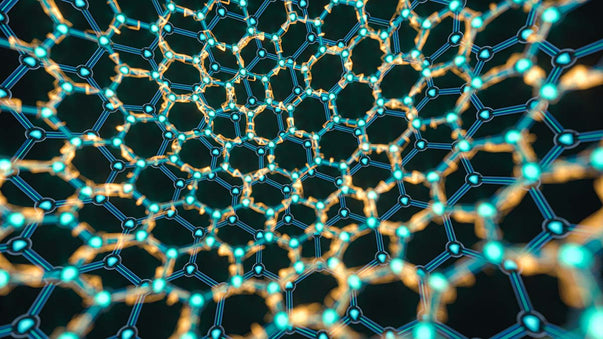Cellular Reprogramming for Tissues in Living Body

Researchers at Indiana University have developed a silicon device that can change skin tissue into blood vessels and nerve cells. The device has advanced from prototype to standardized fabrication, meaning it can now be made in a consistent, reproducible way.
A research paper is published in Nature Protocols. It describes a non-invasive nanochip device, based on tissue nanotransfection technology. This technology can reprogram tissue function by applying a harmless electric spark to deliver specific genes in a fraction of a second.
Tissue nanotransfection technology has been developed with the ultimate goal of enabling skin and other tissue to be converted to tissue types necessary for therapy. The technology uses nanotechnology-based chip hardware to deliver biological cargo (genes or drugs) to adult cells in the live body, and convert the cells from one type to another. It is non-invasive, does not require any laboratory-based procedures, avoids the use of stem cells, eliminates the need to use viral vectors, is simple to use, and may be implemented at the point of care.
In laboratory studies described in the Nature Protocols paper, the new device successfully converted skin tissue into blood vessels to repair a badly injured leg. The technology is currently being used to reprogram tissue for different kinds of therapies, such as repairing brain damage caused by stroke or preventing and reversing nerve damage caused by diabetes.
"This report on how to exactly produce these tissue nanotransfection chips will enable other researchers to participate in this new development in regenerative medicine," said lead researcher Chandan Sen in a press release issued by Indiana University.
"This small silicon chip enables nanotechnology that can change the function of living body parts," explained Sen. "For example, if someone's blood vessels were damaged because of a traffic accident and they need blood supply, we can't rely on the pre-existing blood vessel anymore because that is crushed, but we can convert the skin tissue into blood vessels and rescue the limb at risk."
The Nature Protocols paper includes engineering details about how the chip is manufactured. "This is about the engineering and manufacturing of the chip," said Sen. "The chip's nanofabrication process typically takes five to six days and, with the help of this report, can be achieved by anyone skilled in the art."
The manufacturing information could lead to further development of the chip, which could someday be used clinically in many settings around the world. The researchers plan to seek FDA approval for the chip. Once it receives approval, the device could be used for clinical research in people, including patients in hospitals, health centers and emergency rooms, as well as in other emergency situations by first responders or the military.
More Articles
Don't miss a beat! In our Pulse Newsletter, Thrivous curates the most important news on health science and human enhancement, so you can stay informed without wasting time on hype and trivia. It's part of the free Thrivous newsletter. Subscribe now to receive email about human enhancement, nootropics, and geroprotectors, as well as company news and deals.
Read more articles at Thrivous, the human enhancement company. You can browse recent articles in Thrivous Views. See other Pulse Newsletter articles. Or check out an article below.
-
Synthetic Tissue to Repair Heart, Muscle, and Vocal Cords
Scientists at McGill University have developed a biomaterial tough enough to repair the heart, muscles, and vocal cords. This development ...
-
McEwen’s Epigenetic Clock Measures Child Development
Small chemical changes to DNA, known as epigenetic changes, alter how genes are expressed in certain tissues and cells. Some ...


